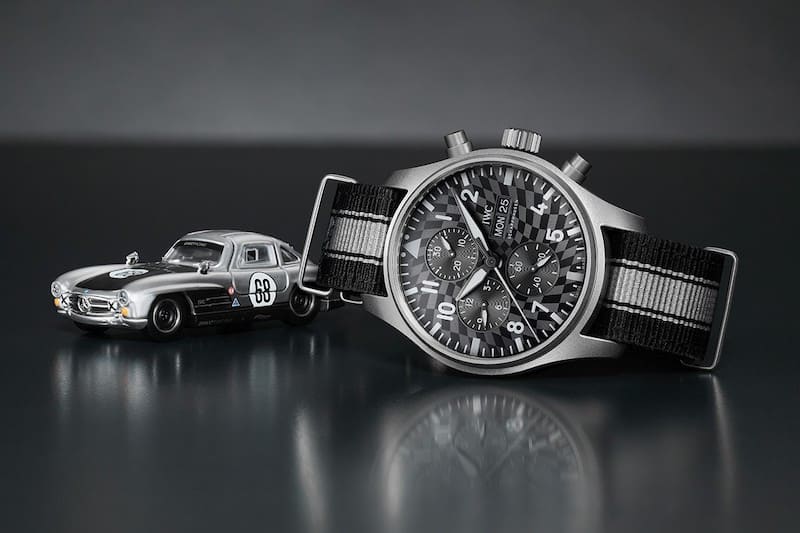Converse Chuck 70 vs. Converse All Star: Everything You Need To Know
Don’t take my word for it – listen to the experts – in the words of Converse themselves, the revamped Chuck 70 is “The best ever, with tougher canvas and an extra layer of comfort.” I’m not one to disagree with a company’s stance on their own products – obviously, they know best – but that will not stop me from figuring out how and why they’re making this claim.
Starting with the history of the company, the original Non-Skid shoe, the now-infamous involvement of one Mr. Charles “Chuck” Taylor, and last but not least, the entire reason for this article and why you are still reading, the difference between the Chuck Taylor 70 and the All Star.
The Beginning

In order to fully appreciate the differences between the Chuck Taylor 70 and the All Star, a little history is needed. In 1908 in Malden, Massachusetts, Marquis Mills Converse founded The Converse Rubber Shoe Company, focused on making and manufacturing rubber galoshes and other waterproof wear 50 years earlier, Charles Goodyear had received his patent to vulcanize rubber.
This new technology, paired with the formations of professional sports teams all over the country, created both the resources and demand needed to manufacture a new kind of sports shoe. In 1917 Converse wanted to venture into the world of basketball and so they set out to create the company’s first performance athletic shoe.
Thus, the Non-Skids were born. Named for its grippy sole, this shoe featured a “two-piece quarter instead of the single-piece back, which permits shaping the back seam, thus obtaining a perfect fit around the ankles” and “exclusive foot-form last, which gives ample toe room, a snug fit over the instep, and proper support.” The shoe came in leather and canvas variants, mostly in shades of brown.
Four years later, American semi-professional basketball player Charles “Chuck” Taylor joined the company as a salesman. During his first year at the company, Taylor introduced improvements to the shoe’s design, enhancing both flexibility and ankle support.



















